So, you’ve found the person of your dreams and decided to start a family with them. One or two kids? No problem, your average family hatchback or estate should be well able to cope. Three kids? Ah. Getting trickier now. And four or more kids? Well, you’re going to have to have a seven-seater. Lucky, then, that here’s our guide to the best used seven-seat vehicles that will satisfy your family-demanding needs.
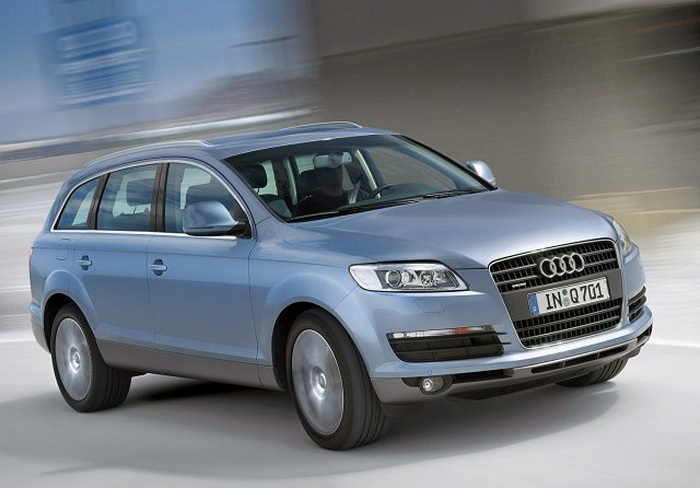
NAME: Audi Q7 (Mk1)
TYPE: Sports Utility Vehicle (SUV)
BUILT FROM: 2009-2015
VALUE: Expensive
WHY: Why buy it? Because it’s a premium SUV, that’s why. The original Q7 was not the prettiest thing in the world, but, with its typically stolid cabin architecture and vast size, it made for a much cooler way of transporting around a load of sprogs than your bog-standard MPV. Early models are affordable on the used market and feature strong Volkswagen Group drivetrains, but the Q7 will still be much more expensive to buy than more pragmatic family fare. Depends on how much you want a gigantic Audi parked on your driveway, we suppose…
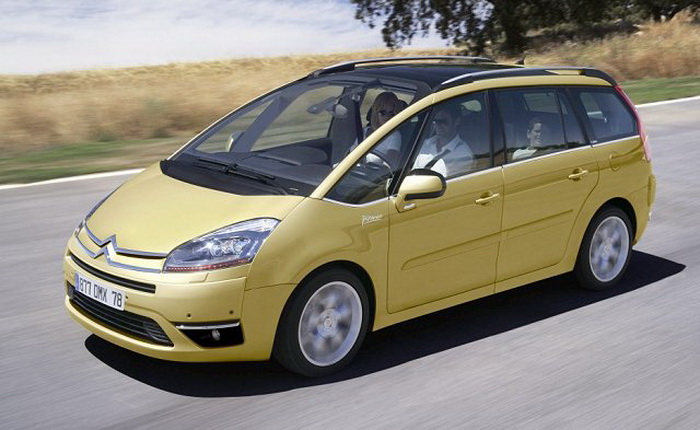
NAME: Citroen Grand C4 Picasso
TYPE: Multi-Purpose Vehicle (MPV)
BUILT FROM: 2006-2013 (Mk1); 2014-2018 (Mk2)
VALUE: Midrange
WHY: The French carmakers are very good at certain things: hot hatchbacks; comfy luxury limos; smooth turbodiesel engines; and MPVs. And the Citroen Grand C4 Picasso is one of the best of them. Still sold as the C4 SpaceTourer, it was previously known as the Grand C4 Picasso and it’s uniformly brilliant, featuring a cabin with intuitive seating layouts, loads of cubby holes and little touches that help harassed parents control unruly kids. Earlier Mk2s won’t break the bank on the used market but look at the equally useful Mk1 for a more affordably priced used family chariot.
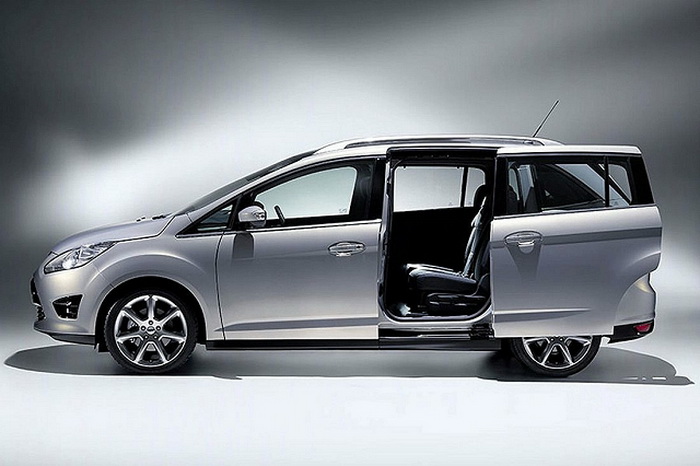
NAME: Ford Grand C-Max (Mk2)
TYPE: Compact MPV
BUILT FROM: 2011-on
VALUE: Midrange
WHY: In 2003, Ford launched a compact MPV based on the second-generation Focus hatchback. It was called the C-Max and was basically a five-seater with a bit more headroom. In 2011, when the C-Max morphed into its second generation, a seven-seat Grand C-Max long-wheelbase model was added to the family. Early examples of these are reasonably affordable and Fords always drive well, but bear in mind the Grand C-Max will be best suited to families with four (or more) younger children, given its hatchback basis. However, its more compact size makes it a little easier to drive and park than some bigger, full-sized MPVs.
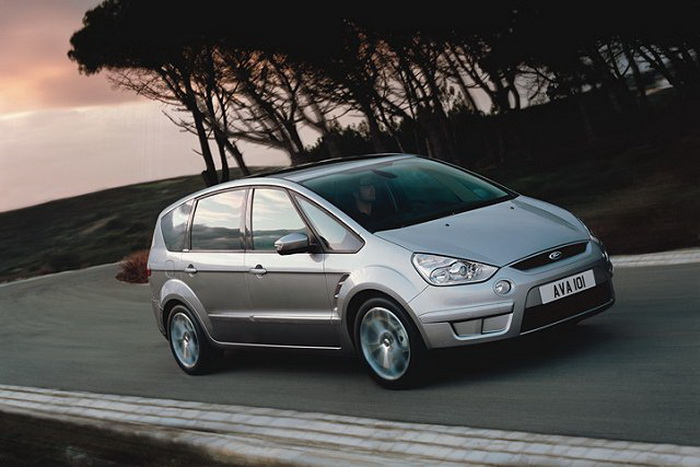
NAME: Ford S-Max (Mk1)
TYPE: MPV
BUILT FROM: 2006-2015
VALUE: Midrange
WHY: You buy this one if you want an MPV that can still make you feel youthful. Ford already had its full-sized Galaxy MPV (see below) in production and the smaller C-Max five-seat vehicle when it launched the seven-seat, Mondeo-based S-Max in 2006. But the idea was that the S-Max was sportier to drive and own than the Galaxy, and the S-Max struck a chord with middle-aged buyers not ready to accept they were no longer young. It’s not huge in row three, so families with older children need not apply, but with its fancy ‘Fold Flat’ seats and rakish looks, the S-Max is an unusual proposition as a family conveyance.
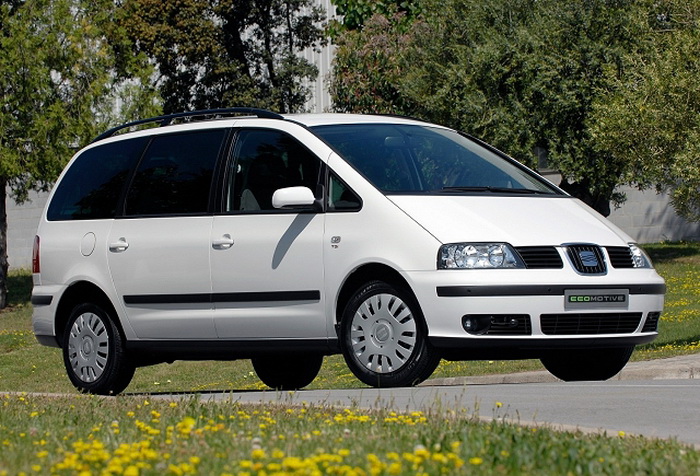
NAME: Ford Galaxy/SEAT Alhambra/Volkswagen Sharan
TYPE: MPV
BUILT FROM: 1995-2006
VALUE: Budget
WHY: Three in one, here, so you can satisfy your brand loyalties, if you have any and, as it’s an old design now, these three cost peanuts on the used market. The ‘Galhambran’, as it might have been known, was one full-size MPV co-developed between Ford and the Volkswagen Group. So the Galaxy, Alhambra and Sharan are all the same machine, only with slightly different headlights, grilles and badging. Ford and the Volkswagen Group went their separate ways in 2006, so the Galaxy is no longer related to the Alhambra and Sharan, but these earlier models are huge, bus-like MPVs for hardly any money – and, as they used VW mechanicals, they should be pretty reliable for their age, too.
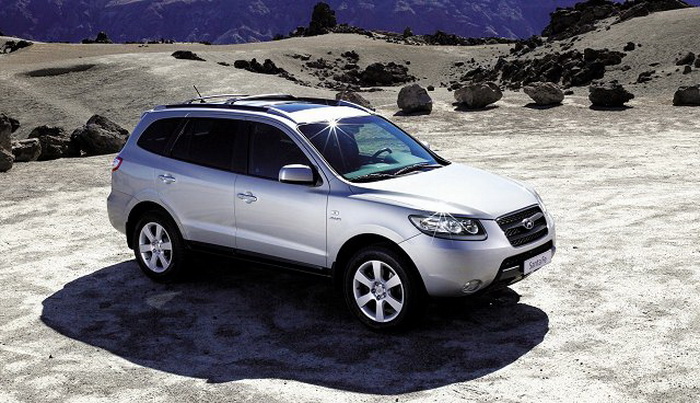
NAME: Hyundai Santa Fe
TYPE: SUV
BUILT FROM: 2007-2012 (Mk2); 2013-2018 (Mk3)
VALUE: Budget (Mk2), midrange (Mk3)
WHY: The original Santa Fe was just a cheap, five-seat SUV, but, come the second generation, Hyundai started offering it with the option of seven seats. The Mk2 is an OK, affordable way to have a seven-seat family vehicle that isn’t an MPV, but the Mk3 is a much nicer creation – if quite a bit more expensive on the used market. Word of warning with either version of Santa Fe: while they can seat seven people in comfort, if you have a full complement of humans onboard, boot space is pitiful. This is a common problem with many seven-seat MPVs, though, and not specific to the Santa Fe, which is otherwise a very lovely thing to deal with.
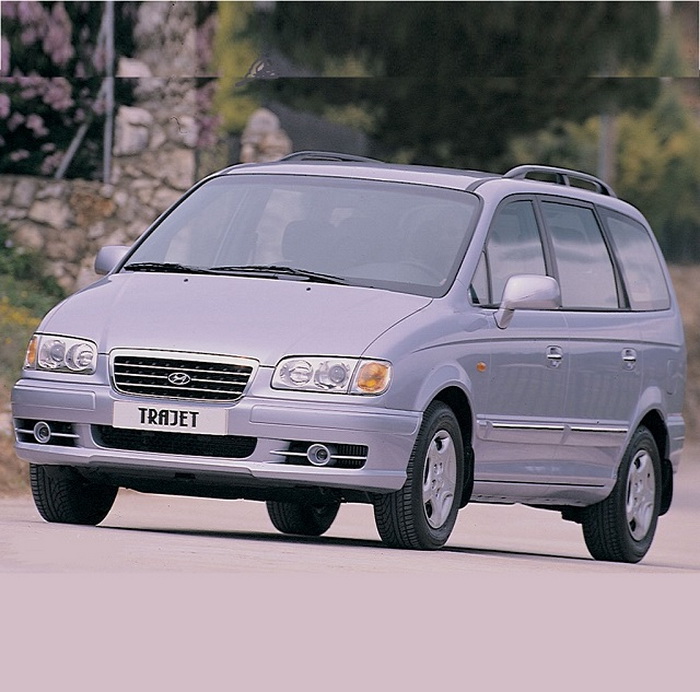
NAME: Hyundai Trajet
TYPE: MPV
BUILT FROM: 2000-2008
VALUE: Budget
WHY: Before Hyundai got cool and realised customers wanted their seven-seat vehicles to be clothed in an SUV body, it did a fairly bog basic, large MPV called the Trajet. This is nothing exciting and has mediocre interior finishing that shows just how far Hyundai has come in the space of 12 years, but as a cheap way of getting hold of a big, reliable MPV, used examples of the Trajet are well worth a look.
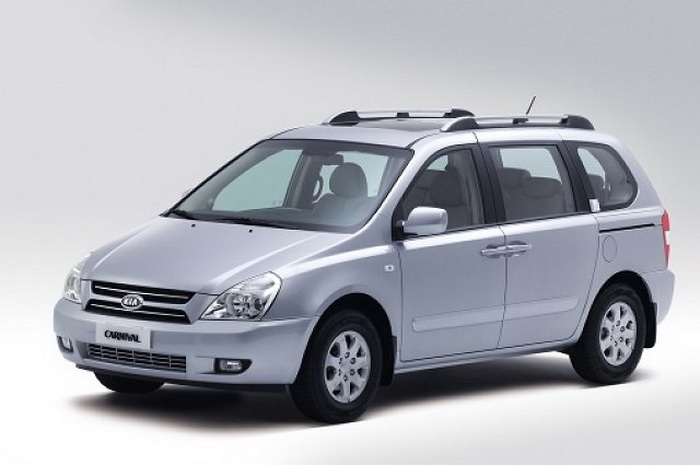
NAME: Kia Sedona
TYPE: MPV
BUILT FROM: 1998-2006 (Mk1); 2006-2014 (Mk2)
VALUE: Budget
WHY: Like its Korean sister company Hyundai, Kia’s original answer to the seven-seat conundrum was ‘big, bargain-basement MPV’. It began making the Sedona earlier than the Trajet and persevered with it for far longer than Hyundai did, but the formula is still the same: never mind the quality, feel the weight. To be fair, the Mk2 Sedona is much closer to bordering on the acceptable in terms of finishing and driving manners, but either version of the Kia MPV will be fairly cheap on the used market and should provide a dependable way to cart around big broods of children.
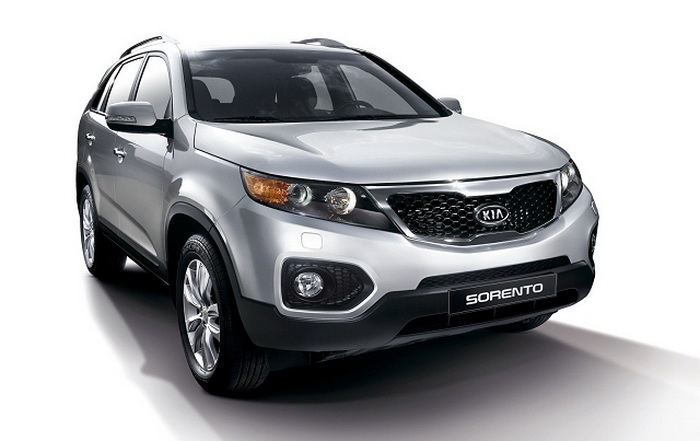
NAME: Kia Sorento (Mk2)
TYPE: SUV
BUILT FROM: 2010-2014
VALUE: Budget/midrange
WHY: Kia’s current third-gen Sorento is one of our favourite seven-seat SUVs, because it looks great, has a vast and well laid-out cabin and it comes with the seven-year guarantee of the Korean car company. But the second-gen predecessor is an admirable second prize, if you can’t stretch to an early, used example of the Mk3 (from 2014-on). The Sorento Mk2 had rather nondescript styling, but the cabin was of a decent quality and the use of interior space was intelligent. Drivetrain choices are rather limited, though, and a bit primitive in terms of refinement.
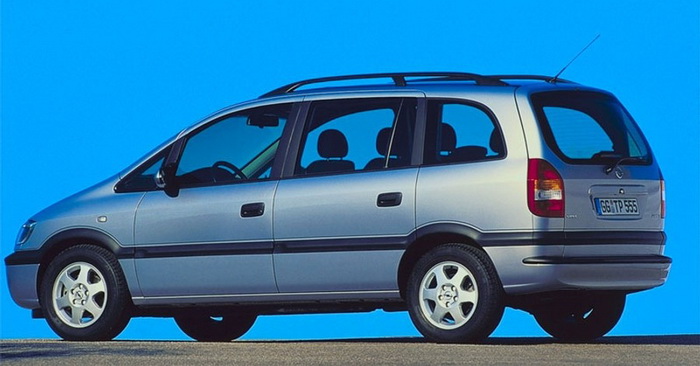
NAME: Opel Zafira
TYPE: MPV
BUILT FROM: 1999-2005 (Mk1 ‘A’); 2005-2014 (Mk2 ‘B’)
VALUE: Budget (Zafira A); midrange (Zafira B)
WHY: Opel’s long-running Zafira has always been a perennial family favourite, because its ‘Flex7’ interior seating technology is really clever and makes it immensely practical for configuring the car just how you need it within. Earlier Zafira A models are really cheap on the used market now, while the Zafira B is probably a better bet, as it has more refined engines and up-to-date cabin finishing. Slight question marks over Opel’s reliability record cloud the Zafira’s horizon as a used buy, but make sure you get a good, solid example and it should provide years of stress-free family motoring.
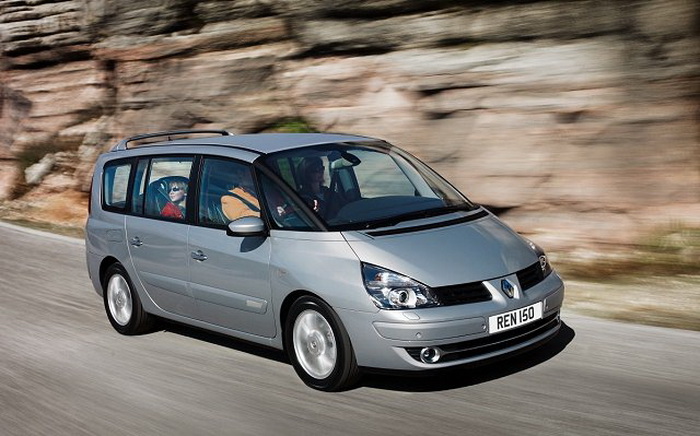
NAME: Renault Espace
TYPE: MPV
BUILT FROM: 1996-2002 (Mk3); 2002-2014 (Mk4)
VALUE: Budget (Mk3); budget/midrange (Mk4)
WHY: This is the vehicle that invented the MPV… well, in Europe, at any rate. Renault’s clever Espace continues into a fifth generation, with striking looks and lovely interior finishing, but we don’t get that model here, so it’s to the older cars you must look. You’re very, very unlikely to find a decent Mk2 Espace (1991-1996) nowadays and the boxy original (1984-1991) has almost become a modern classic, so seek out a decent Mk3 for a cheap example of the Espace, or aim at a later Mk4 if you’ve got a bit more money to spend and you want the most modern driving experience you can get. Reliability will be an issue on older Mk3s.
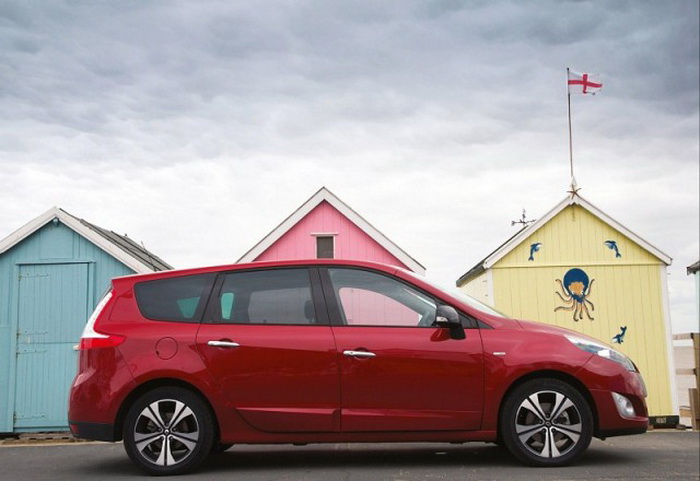
NAME: Renault Grand Scenic
TYPE: Compact MPV
BUILT FROM: 2003-2009 (Mk2); 2009-2016 (Mk3)
VALUE: Budget (Mk2); midrange (Mk3)
WHY: If you don’t fancy an Espace, Renault downsized the MPV idea for the Grand Scenic. Like the Ford C-Max, the original Scenic (1996-2003) began life as a top-hatted, five-seat MPV version of the Megane hatch, so much so that it was officially known as the Megane Scenic, but by the Mk2 of 2003, a long-wheelbase Grand Scenic with seven seats was added, while the Megane badging was dropped. Clever interior packaging and layouts have always been the Scenic’s strength, but you want to check the car has been maintained properly when buying used.
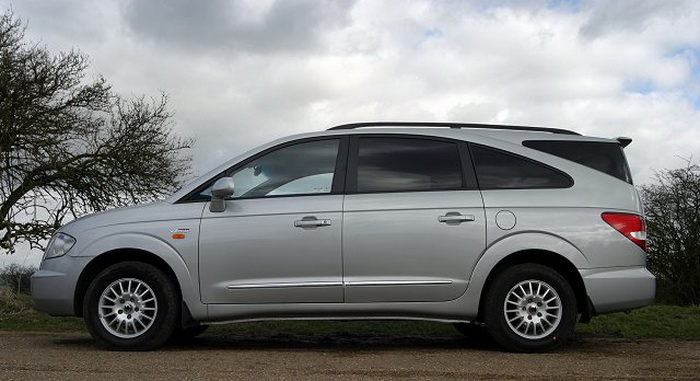
NAME: SsangYong Rodius
TYPE: MPV
BUILT FROM: 2004-2013 (Mk1); 2013-on (Mk2)
VALUE: Budget (Mk1); budget/midrange (Mk2)
WHY: If you’ve never seen a Mk1 SsangYong Rodius, you’re in for a treat. Or maybe not, depending on your aesthetic sensibilities. SsangYong is Korea’s third-biggest car manufacturer and the original Rodius was definitely aimed at the cheapest end of the new-car market when it was still in dealer showrooms, so interior plastics are laughable and the drivetrains are coarse and unrefined. The Mk2 is better, if still not at the cutting edge of engineering talent. However, both versions of the Rodius are absolutely vast inside, so if maximum space for minimum cash is your priority above all else, give the SsangYong a look.
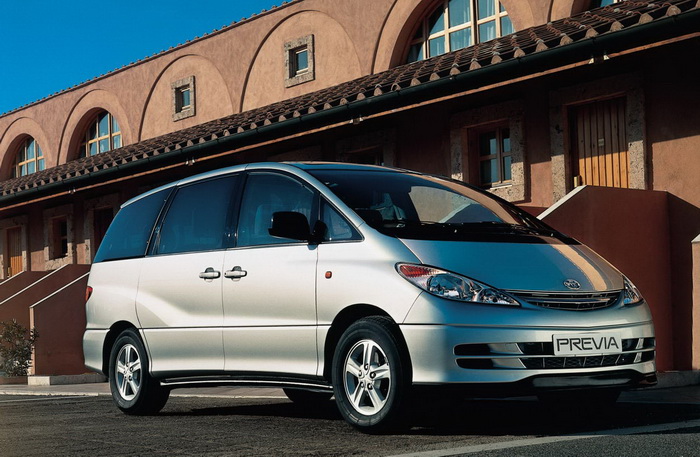
NAME: Toyota Estima/Previa
TYPE: MPV
BUILT FROM: 1990-1999 (Mk1); 2000-2005 (Mk2)
VALUE: Budget (all models)
WHY: There are so many reasons to buy the original Toyota Previa/Estima, not least because – as Toyotas – many examples have proven their reliability and longevity by hanging around for nearly three decades. But not only are they seemingly bombproof, they have other merits: they’re big, egg-shaped vehicles that still look kind of cool, in a retro way; they’re mid-engined and rear-wheel drive; and they can seat eight, not seven, so if your offspring are particularly numerous and belligerent, the Previa/Estima Mk1 is the vehicle to have. The Mk2 is not nearly as interesting, either in terms of its mechanicals (it was front-wheel drive) or to behold, but it was similarly huge inside and it features sliding doors for the rear passenger compartment, like the Mk1.
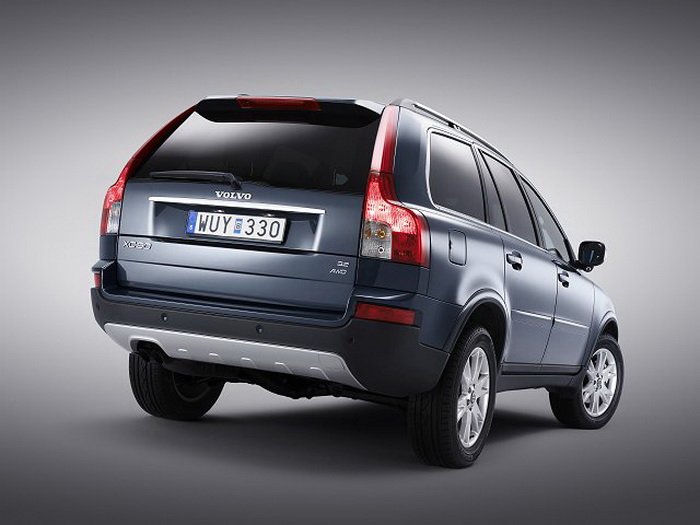
NAME: Volvo XC90 Mk1
TYPE: SUV
BUILT FROM: 2002-2014
VALUE: Midrange/expensive
WHY: Volvo put a heck of a lot of thought into the interior of the original XC90, making sure it was as useful as possible for parents with lots of kids. Thus, it proved an extremely popular big SUV. The Mk1 lived for a long time, 12 years, so used values vary from the acceptable to the costlier, but for a big hunk of Swedish family-car élan, you can’t really go wrong with the Volvo.